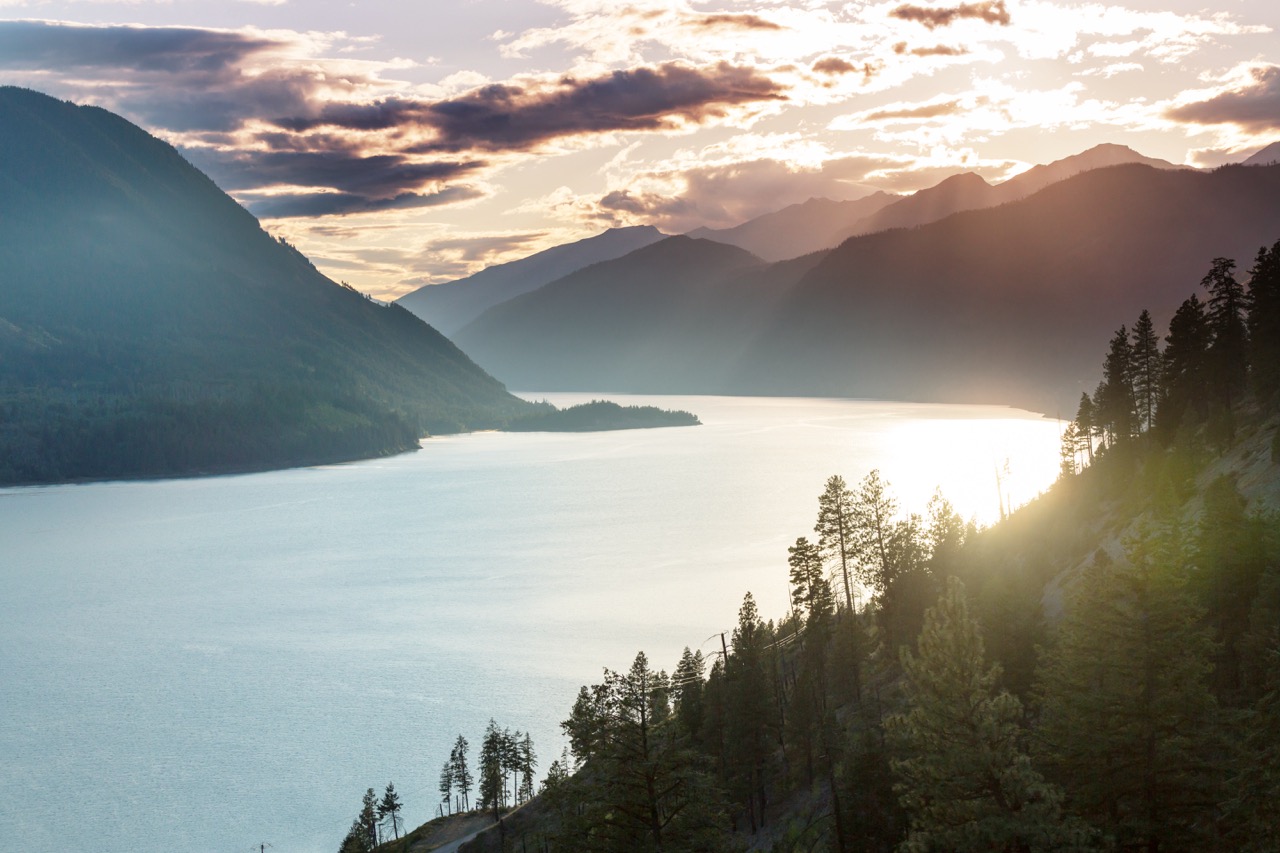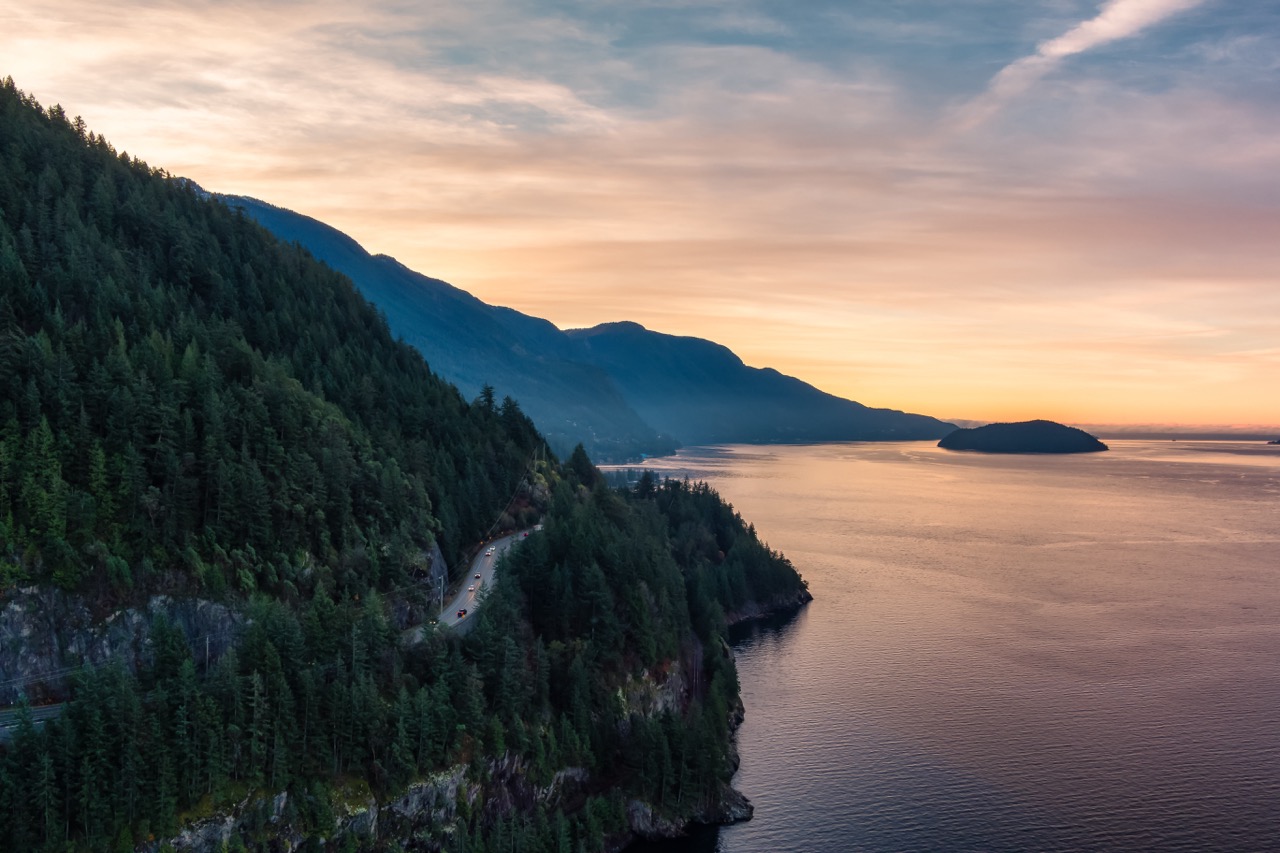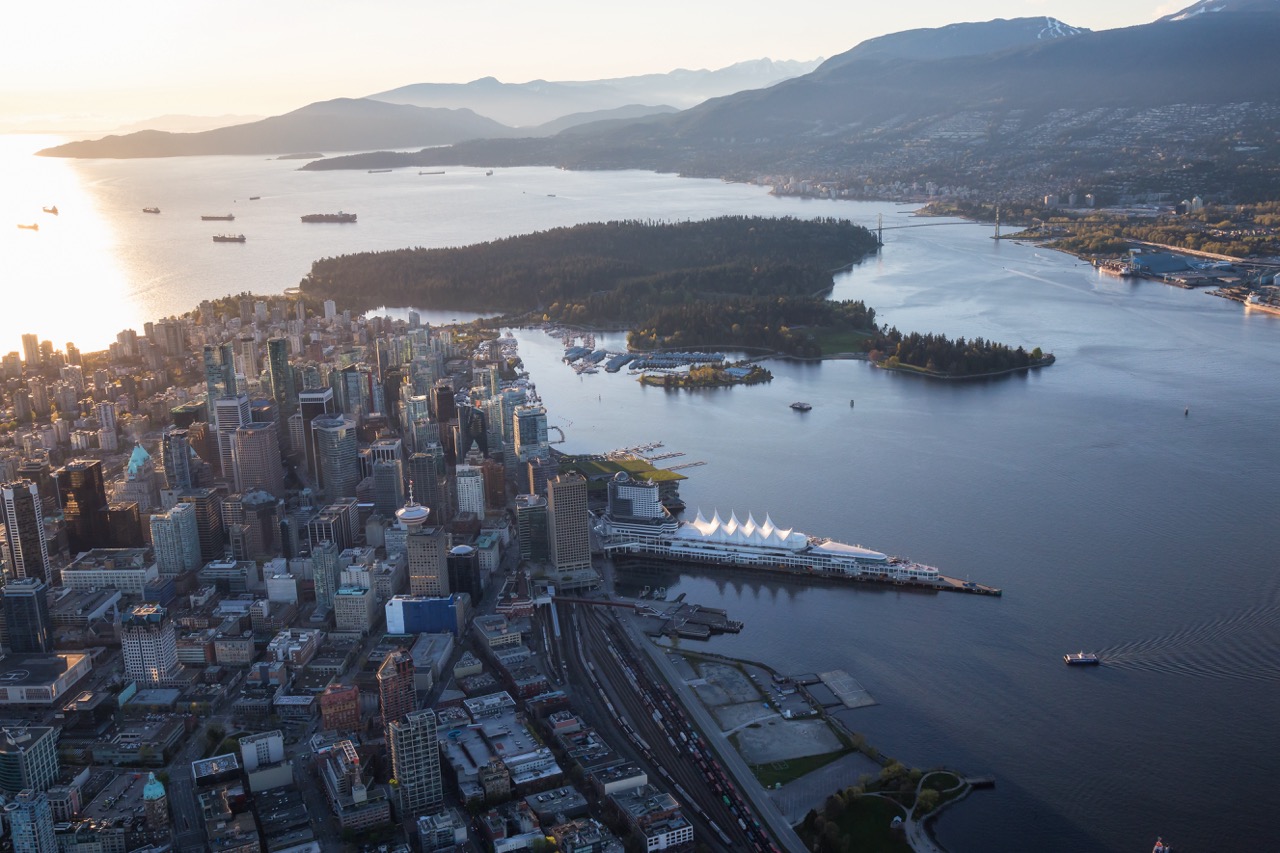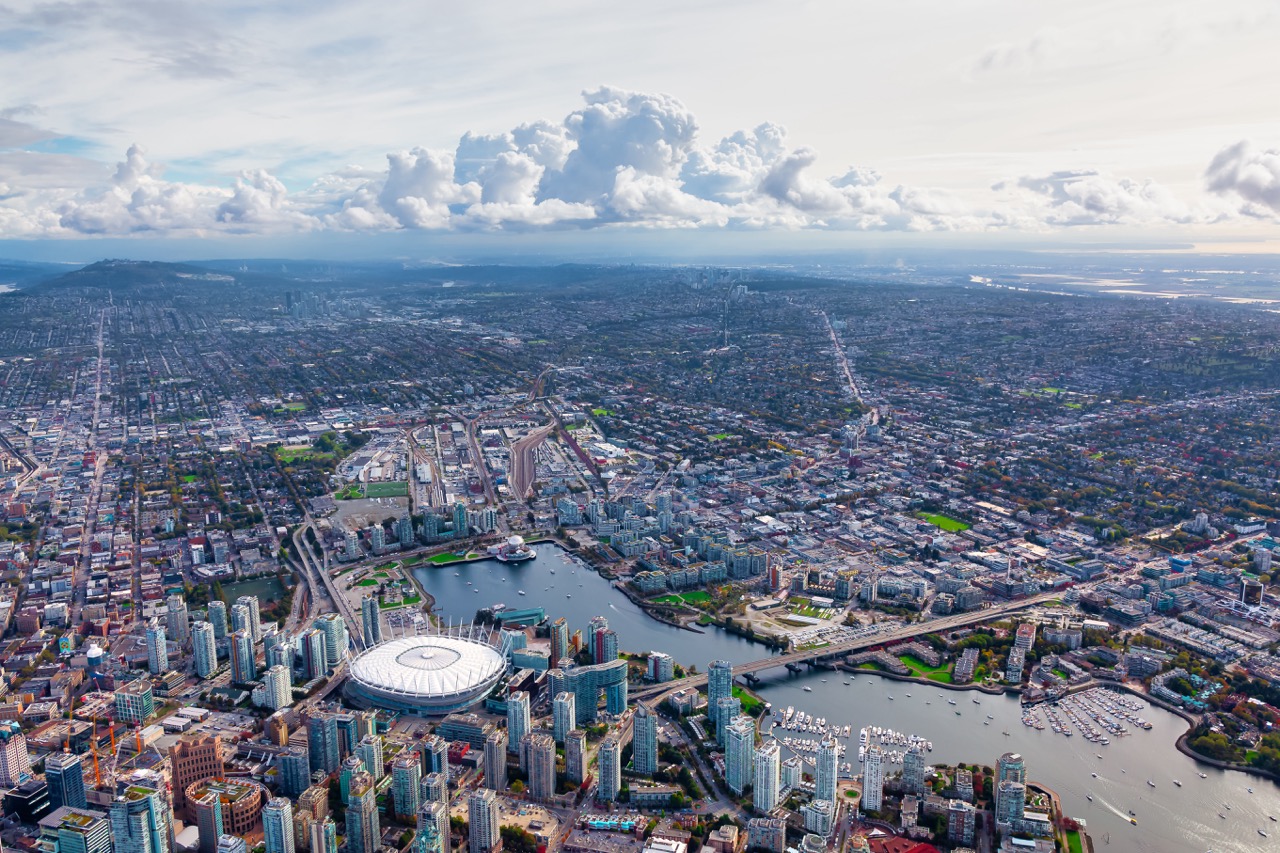British Columbia (BC) is renowned for its stunning landscapes, and among its most remarkable features are the coastal rainforests that line the Pacific coast. These rainforests, characterized by towering trees, lush undergrowth, and a rich tapestry of life, make up one of the most unique ecosystems in the world. As climate change and human activity increasingly impact these vital areas, understanding their ecological significance, cultural connections, and conservation challenges becomes crucial. This article explores the multifaceted nature of BC’s coastal rainforests, emphasizing their unique ecosystems, biodiversity, climate regulation roles, indigenous cultures, conservation challenges, and sustainable tourism efforts.
The Unique Ecosystem of BC’s Coastal Rainforests
BC’s coastal rainforests are primarily located along the coast of Vancouver Island, the Great Bear Rainforest, and the coastal mainland region. This ecosystem is characterized by temperate climate conditions, featuring high levels of precipitation, mild temperatures, and rich organic soils. The towering Sitka spruce, western red cedar, and Douglas fir are among the iconic giants that dominate this lush landscape, creating a habitat that supports an incredibly diverse array of organisms.
These rainforests thrive on a delicate balance of moisture and climate, which allows for a unique interplay of flora and fauna. The understory is filled with ferns, mosses, and shrubs that contribute to the rainforest’s biodiversity. The unique climatic conditions are largely influenced by the nearby Pacific Ocean, which brings in moisture-laden air that falls as rain, making these forests some of the wettest places on Earth. The interplay of geography and climate thus shapes an intricate ecosystem that is not only beautiful but also ecologically significant.
The complexity of this ecosystem is further enhanced by unique geological features such as mountains, rivers, and coastal areas that create various microhabitats. These diverse physical landscapes support a wide range of species and ecological interactions, emphasizing the intricate connections between various elements of the ecosystem. Understanding this unique ecosystem is essential for appreciating the biodiversity it supports and the challenges it faces due to environmental changes.
Biodiversity: Flora and Fauna of the Rainforest
The biodiversity in BC’s coastal rainforests is astounding, with thousands of species of plants, animals, fungi, and microorganisms coexisting in a relatively small area. The towering trees provide a canopy that shelters a diverse array of birds, mammals, and insects. Species such as the northern spotted owl and marbled murrelet rely on the old-growth trees for nesting, while mammals like black bears and deer take advantage of the abundant food sources found in the underbrush.
In addition to the charismatic megafauna, the rainforest is home to numerous smaller species that play vital roles in the ecosystem. Amphibians, such as the Pacific tree frog, thrive in the moist undergrowth, while a plethora of insects contribute to pollination and decomposition processes. Fungi and bacteria in the forest floor also play crucial roles in nutrient cycling, breaking down organic matter and enriching the soil, which in turn supports the lush vegetation.
The unique biodiversity of BC’s coastal rainforests also includes many endemic and threatened species, making the region a focus of conservation efforts. Each organism contributes to a complex web of life, and the loss of even a single species can have cascading effects on the ecosystem’s health. Protecting this biodiversity is paramount not only for the ecological integrity of the rainforests but also for the cultural heritage and livelihoods of Indigenous peoples who have lived in harmony with these forests for millennia.
The Role of Rainforests in Climate Regulation
Coastal rainforests play a vital role in climate regulation through their capacity to sequester carbon dioxide from the atmosphere. Trees act as carbon sinks, absorbing carbon during photosynthesis and storing it in their biomass. The large size and longevity of many trees in these forests mean they can store significant amounts of carbon, helping to mitigate the effects of climate change. This function is particularly crucial in the context of increasing global temperatures and rising greenhouse gas emissions.
Moreover, coastal rainforests contribute to local climate regulation through transpiration, where trees release water vapor into the atmosphere. This process not only influences local weather patterns but also helps to generate precipitation, creating a moist microclimate that supports diverse ecosystems. The interconnectedness of these processes highlights the significant role rainforests play in maintaining ecological balance and contributing to global climate stability.
However, maintaining the climate regulation capabilities of BC’s coastal rainforests is challenged by deforestation, industrial development, and climate change itself. As temperatures rise and weather patterns shift, the ability of these forests to sequester carbon and regulate local climates may be compromised. Understanding these dynamics is essential for effective conservation efforts aimed at preserving the ecological services provided by these vital ecosystems.
Indigenous Cultures and Their Connection to Nature
Indigenous peoples have lived in harmony with BC’s coastal rainforests for thousands of years, developing deep cultural connections to the land and its resources. This relationship is characterized by a profound understanding of ecological systems, demonstrated through sustainable practices in fishing, hunting, and gathering. Indigenous knowledge systems have historically guided the stewardship of these forests, ensuring that their resources are used in ways that maintain ecological balance.
The forest offers not only sustenance but also cultural and spiritual significance to Indigenous communities. Many species found in these rainforests hold deep symbolic meaning and play crucial roles in traditional practices, art, and storytelling. The interconnectedness of life within the rainforest reflects a holistic worldview that emphasizes respect for nature and the importance of preserving natural resources for future generations.
As modern environmental movements increasingly recognize the value of Indigenous knowledge, efforts are being made to incorporate traditional ecological wisdom into conservation strategies. Collaborations between Indigenous communities and conservation organizations can lead to more effective stewardship practices and a renewed emphasis on protecting the cultural heritage of the rainforests. Acknowledging and respecting Indigenous connections to the land is essential for fostering a more inclusive approach to environmental conservation.
Conservation Challenges Facing BC’s Coastal Rainforests
Despite their ecological and cultural significance, BC’s coastal rainforests face numerous conservation challenges. Deforestation driven by logging, urban development, and agriculture poses a significant threat to these ecosystems. The loss of old-growth forests, in particular, compromises habitat for various species and diminishes the forests’ ability to sequester carbon. This degradation not only impacts biodiversity but also disrupts the intricate ecological relationships that have developed over millennia.
Climate change further exacerbates the vulnerabilities of these rainforests. Changing precipitation patterns, increased temperatures, and the frequency of extreme weather events threaten the stability of the ecosystem. Species that rely on specific climatic conditions may struggle to adapt, leading to shifts in species distributions and potential ecosystem collapse. As a result, conservationists are increasingly focused on understanding the implications of climate change and developing adaptive management strategies.
In addition, the introduction of invasive species poses another significant challenge to the integrity of BC’s coastal rainforests. Non-native plants and animals can outcompete native species, disrupt food webs, and alter habitat structures. Effective conservation efforts must address the dual threats of invasive species and environmental degradation while promoting sustainable practices that foster resilience and adaptability within these ecosystems.
Sustainable Tourism: Balancing Nature and Exploration
Sustainable tourism offers a pathway to enjoy BC’s coastal rainforests while promoting conservation and protecting the fragile ecosystems. By prioritizing responsible travel practices, visitors can minimize their impact on the environment and support local communities. Ecotourism initiatives that educate travelers about the importance of these rainforests can foster a greater appreciation for their ecological and cultural value, encouraging stewardship among visitors.
However, balancing tourism with conservation requires careful planning and management. Overcrowding in popular destinations can lead to habitat degradation, increased waste, and disturbance of wildlife. To mitigate these impacts, it is essential to implement sustainable practices, such as guided tours that limit group sizes, utilize low-impact transportation, and promote Leave No Trace principles. By fostering a deep respect for nature, sustainable tourism can contribute to the protection and preservation of these vital ecosystems.
Furthermore, local communities should be actively involved in sustainable tourism initiatives to ensure that they benefit economically from conservation efforts. By integrating Indigenous perspectives and knowledge into tourism experiences, visitors can gain a deeper understanding of the cultural significance of the rainforests while supporting Indigenous-led conservation efforts. Sustainable tourism thus presents an opportunity not only to experience the beauty of BC’s coastal rainforests but also to contribute to their preservation for future generations.
In summary, BC’s coastal rainforests are a unique ecosystem that embodies remarkable biodiversity, plays a critical role in climate regulation, and reflects the deep cultural connections of Indigenous peoples. However, these vital ecosystems face significant conservation challenges, prompting the need for concerted efforts to protect and sustain them. By promoting sustainable tourism practices, we can foster a greater appreciation for these rainforests while ensuring their preservation for future generations. Understanding and valuing the intricate relationships within these forests is essential for achieving a balance between exploration and conservation, ultimately contributing to a healthier planet.





